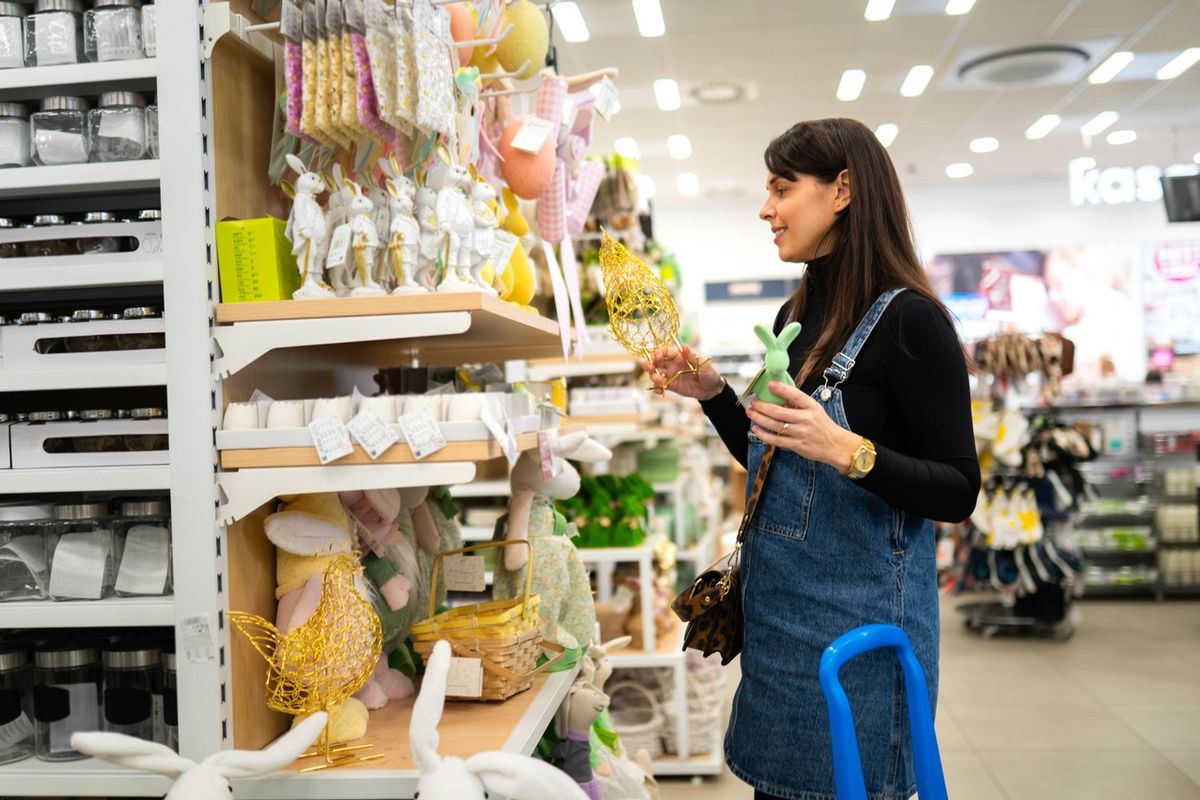Take-home sales at the grocers were boosted by Easter falling later this year, increasing by 6.5 per cent over the four weeks to 20 April 2025 versus 2024 and helping every retailer to improve its performance, according to the latest data from Kantar.
Grocery price inflation also edged up to 3.8 per cent – well above the recent low of 1.4 per cent in October 2024 – but shoppers’ appetite for Easter eggs wasn’t dented, with spending up 11 per cent compared with the four weeks to Easter last year.
“Chocolate confectionery prices rose by 17.4 per cent this period, the fastest of any category, but that didn’t stop the British public treating themselves this Easter,” Fraser McKevitt, head of retail and consumer insight at Kantar, commented.
“The volume of chocolate eggs sold through supermarket tills still grew by 0.4 per cent on last year, while at the dinner table lamb was the most popular fresh meat joint, followed by beef and pork. Some households chose to indulge in less seasonal fare as the sun came out and they dusted off the barbecue, with burger sales shooting up by 31 per cent over the last month.”
Spending on promotion reached 29.7 per cent, its highest level this year, as retailers helped people to make the most of the holiday without breaking the bank.
“The grocers have been sharpening their pricing strategies to stay competitive in the fight for footfall. They’ve invested in price cuts which were the main driver of promotional growth. Often linked to loyalty cards, spending on these deals grew by £347 million,” McKevitt continued.
“However, it’s not all about price perceptions alone. What’s clear is that shoppers want quality too, particularly on special occasions, and we can track that, for example, in the rapid growth of premium own label in the latest four weeks at 23.2 per cent. Ultimately, retailers need to be seen to be offering great value but it’s a fine tightrope to walk, particularly as they manage their own business costs.”
Opportunities to cut through with shoppers also exist outside the food and drink aisles – the DIY and homeware market was worth over £1.6 billion in the four weeks to 21 April last year.
“It’s a bumper time for DIY and decorating but the supermarkets under-traded in this market last year, taking a 10.7 per cent share last April in comparison with their yearly average of 11.7 per cent,” McKevitt commented.
“Getting shoppers through the door is often the hard part and retailers really need to maximise these opportunities to capture spend right across the store. It will be interesting to see whether they push DIY and home items harder this year to grab a bigger slice of the pie.”
Lidl has seen the fastest rise in footfall over the 12 weeks to 20 April 2025, with shoppers walking through its doors an average of 8.8 times. This delivered sales growth of 10.1 per cent, helping it to reach an 8.0 per cent market share. Fellow discounter Aldi’s above the market sales growth of 5.9 per cent means it now holds 11.0 per cent.
Ocado was the fastest growing retailer – a title it has held continuously for nearly a year – as sales grew by 11.8 per cent compared to a year ago. It now takes 1.9 per cent of the market. Spending on groceries at M&S grew by 14.4 per cent in the 12 weeks to 20 April.
Spending through the tills at Tesco increased by 6.0 per cent versus the same period last year, meaning Britain’s largest grocer now has 27.8 per cent of the market. Sales at Sainsbury’s grew by 4.4 per cent, taking its share to 15.3 per cent.
Waitrose’s portion of the market remained stable at 4.5 per cent, while sales at the Co-op grew 1.9 per cent giving it a 5.3 per cent share.
Asda now holds 12.3 per cent, while Morrisons’ sales growth of 1.8 per cent means it has an 8.5 per cent share. Frozen food specialist Iceland has boosted its sales by 2.0 per cent over the last year, with an overall stake of 2.2 per cent.
Symbols and independents registered an increase of 1 per cent in sales in the three-month period.


